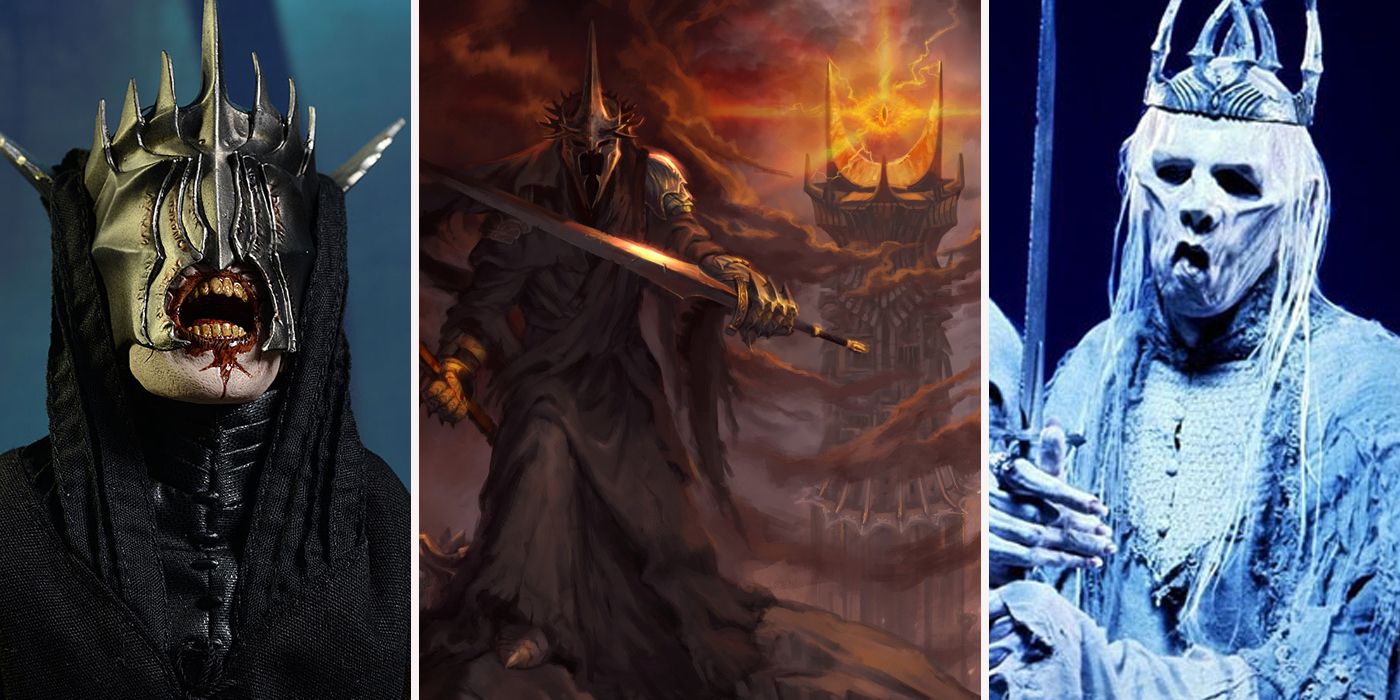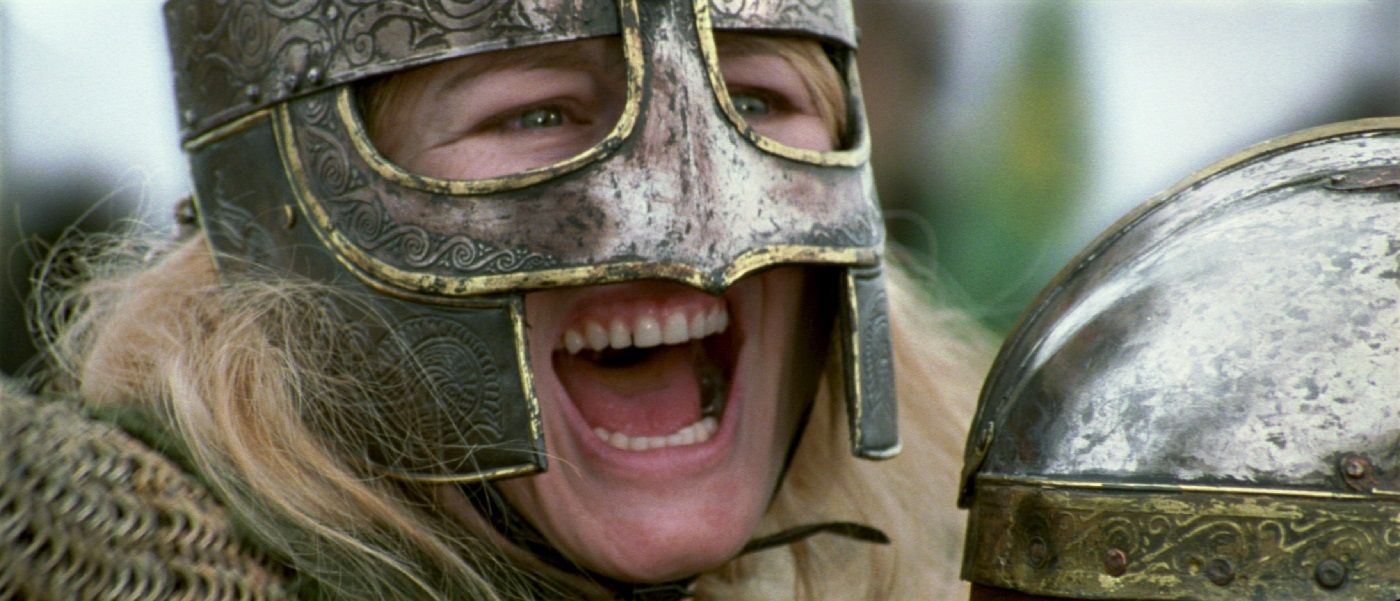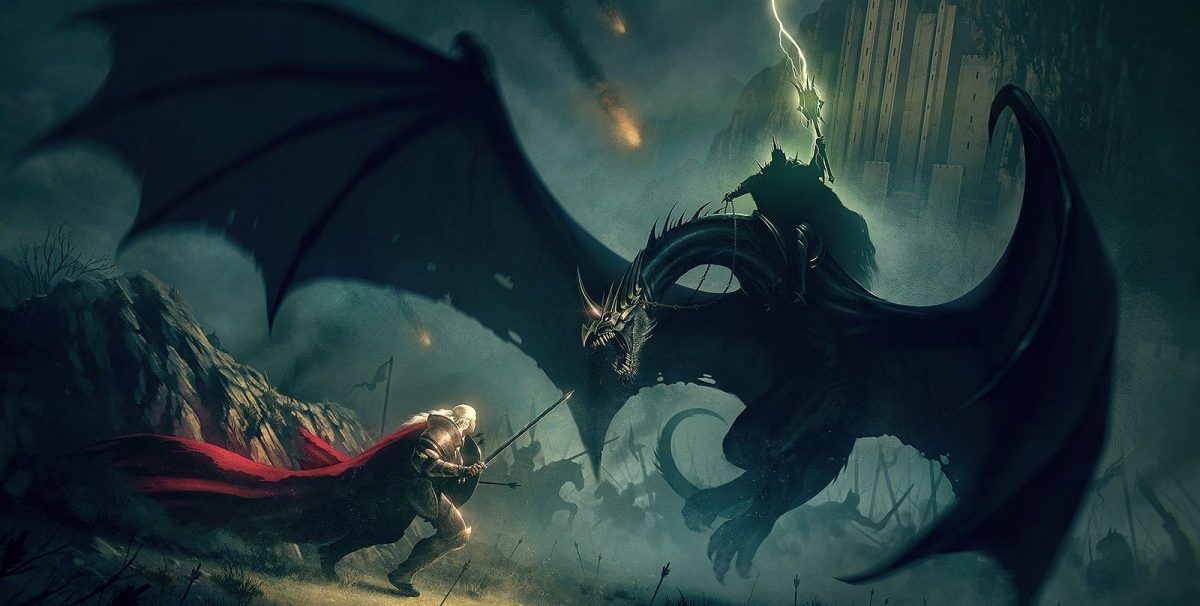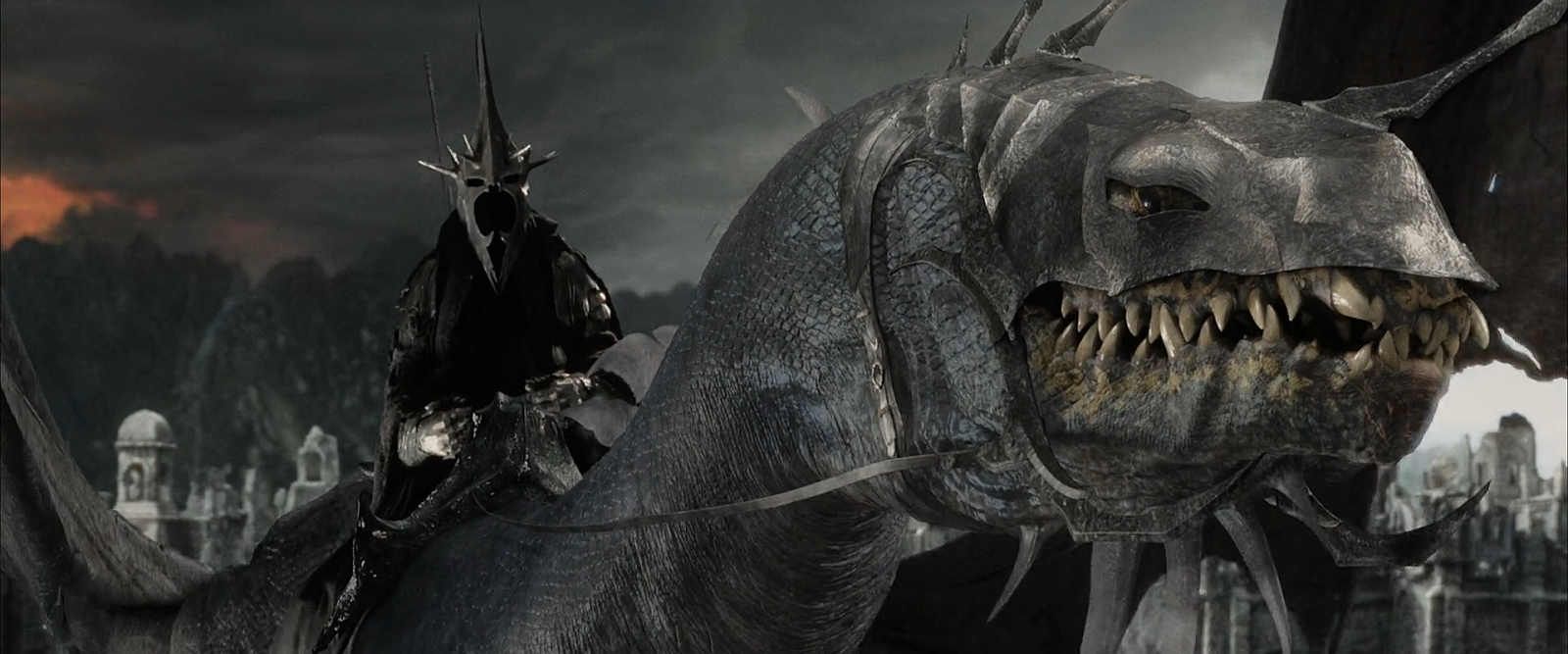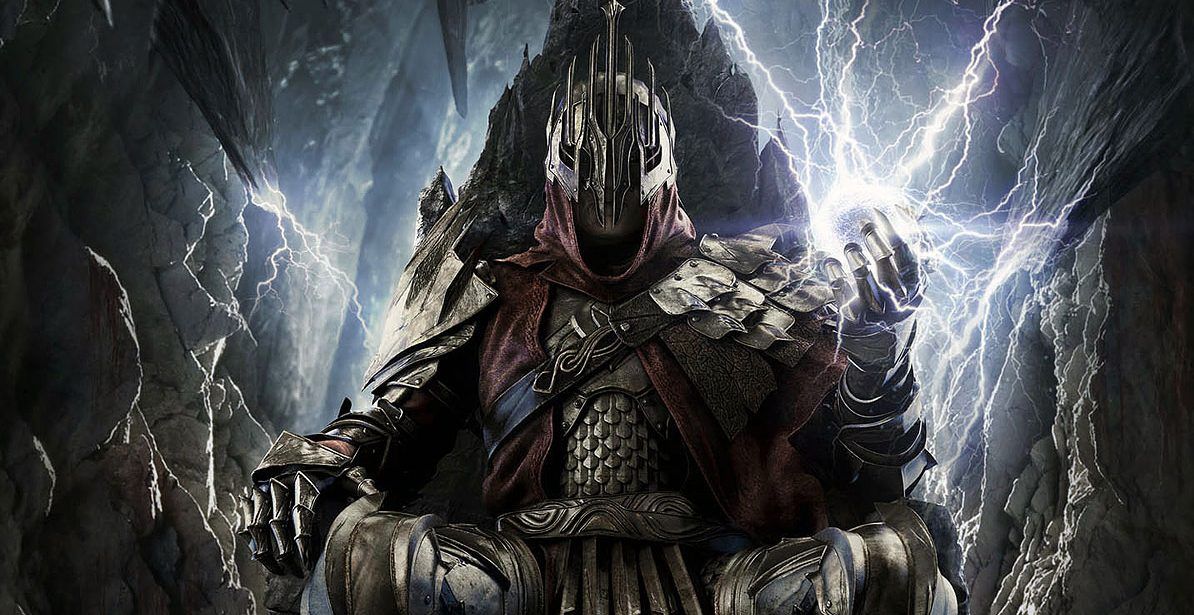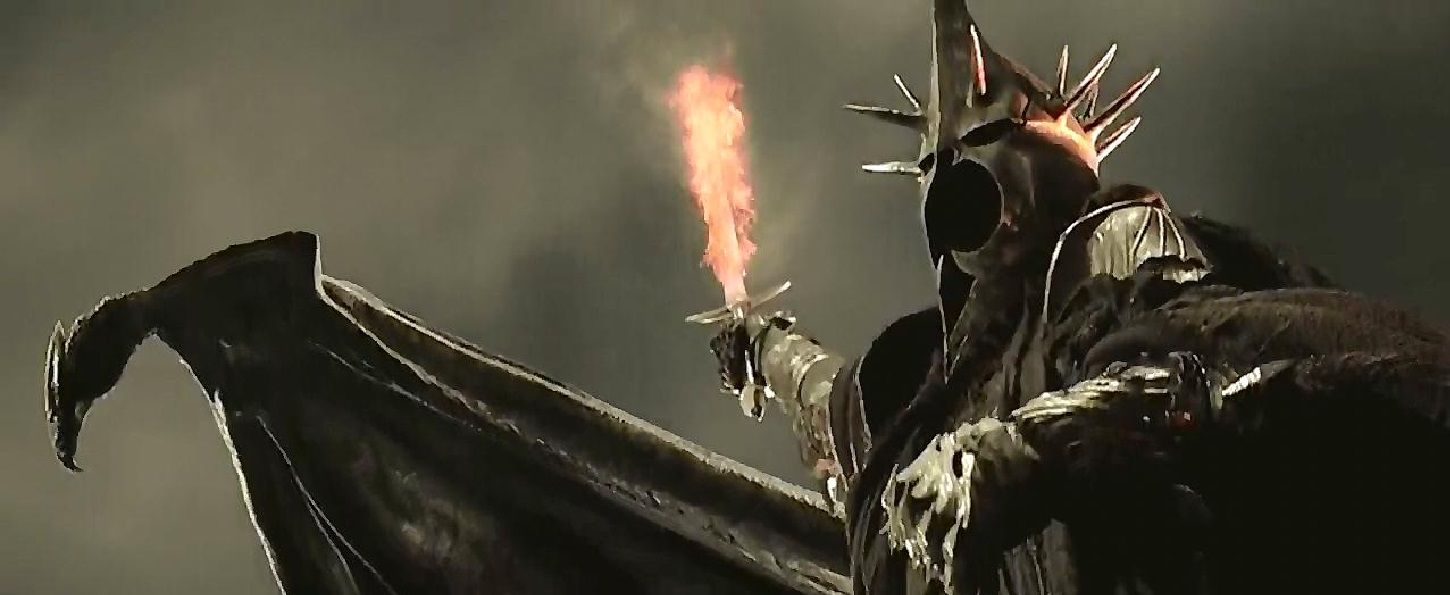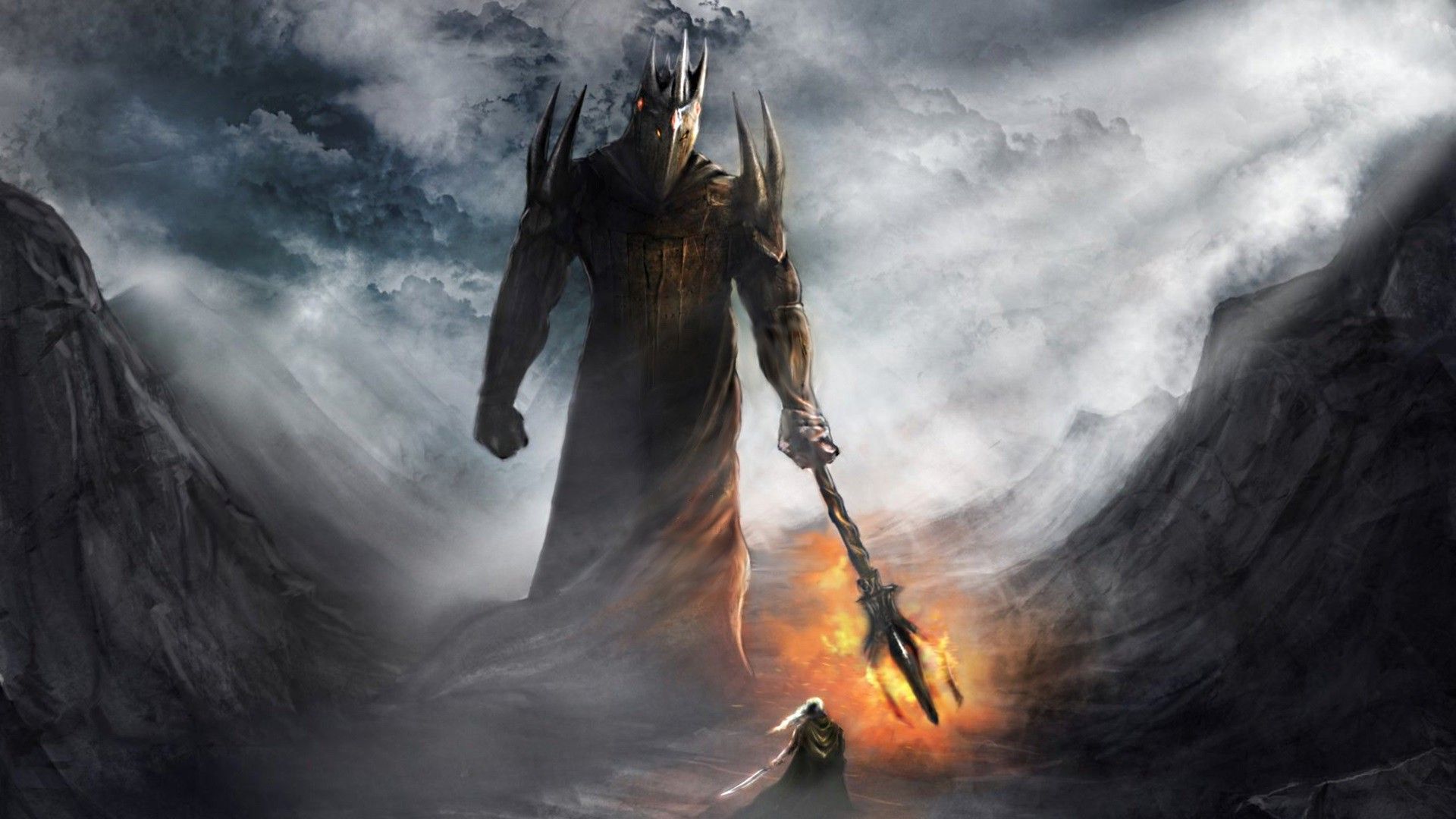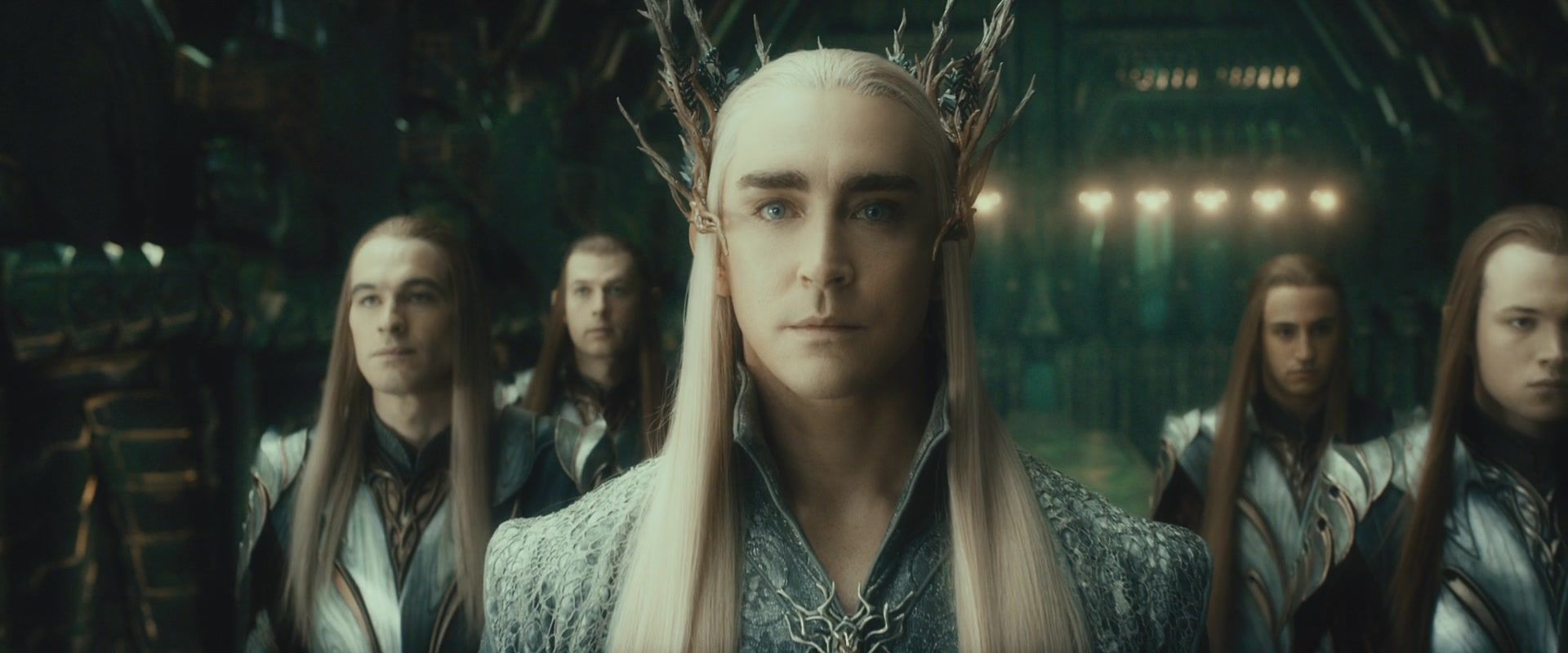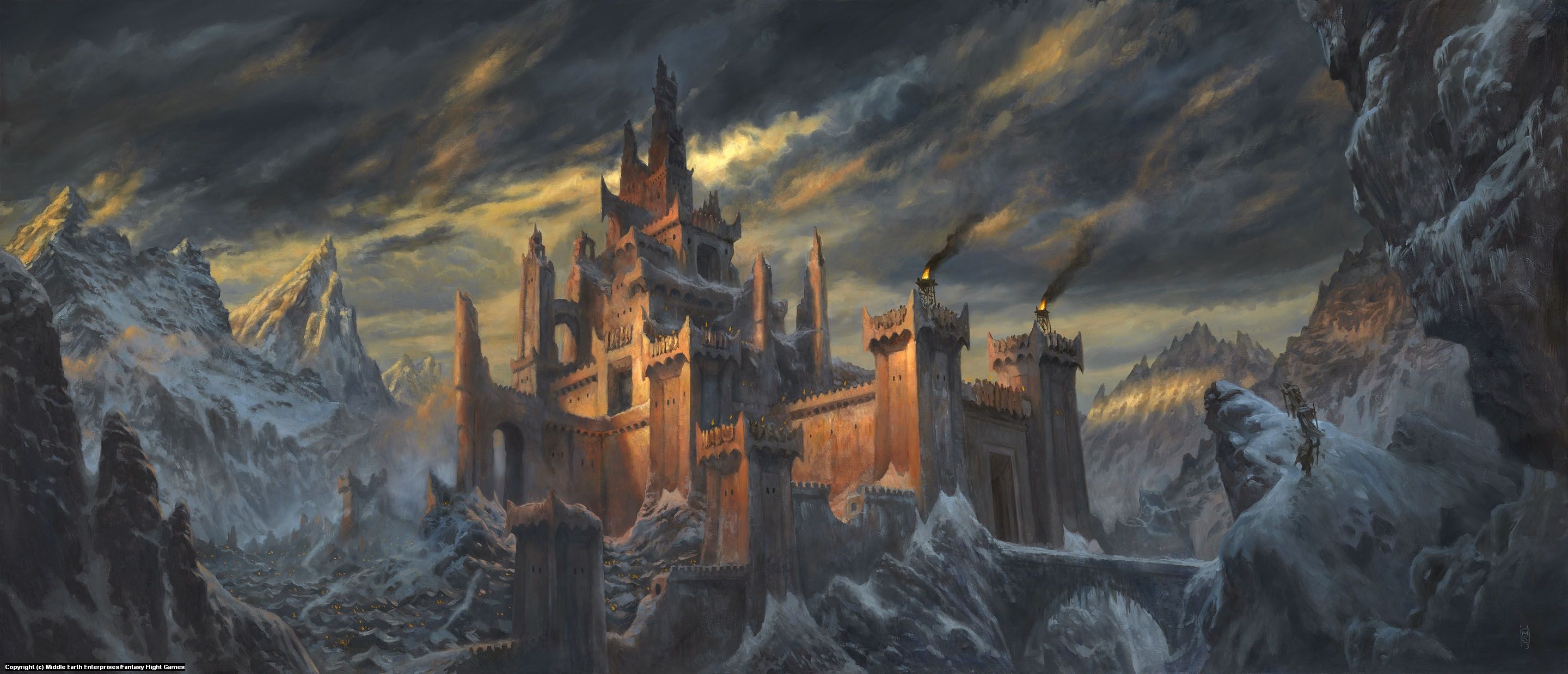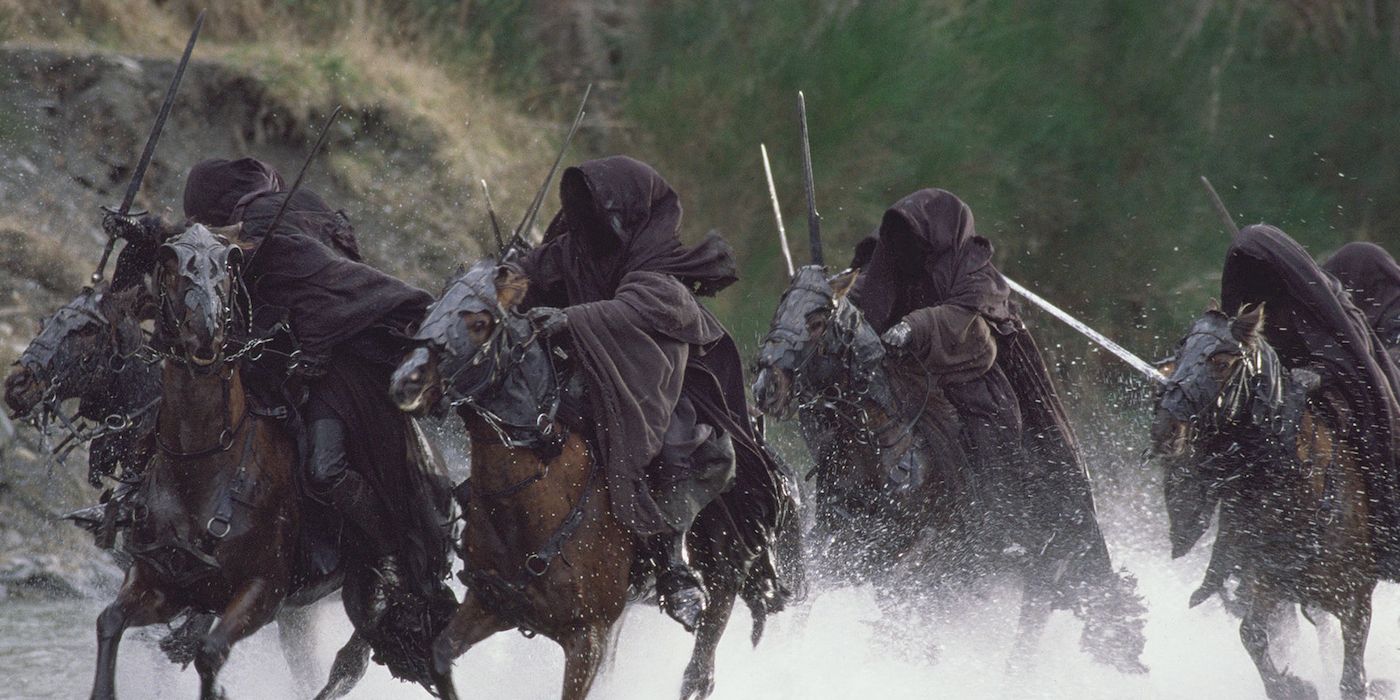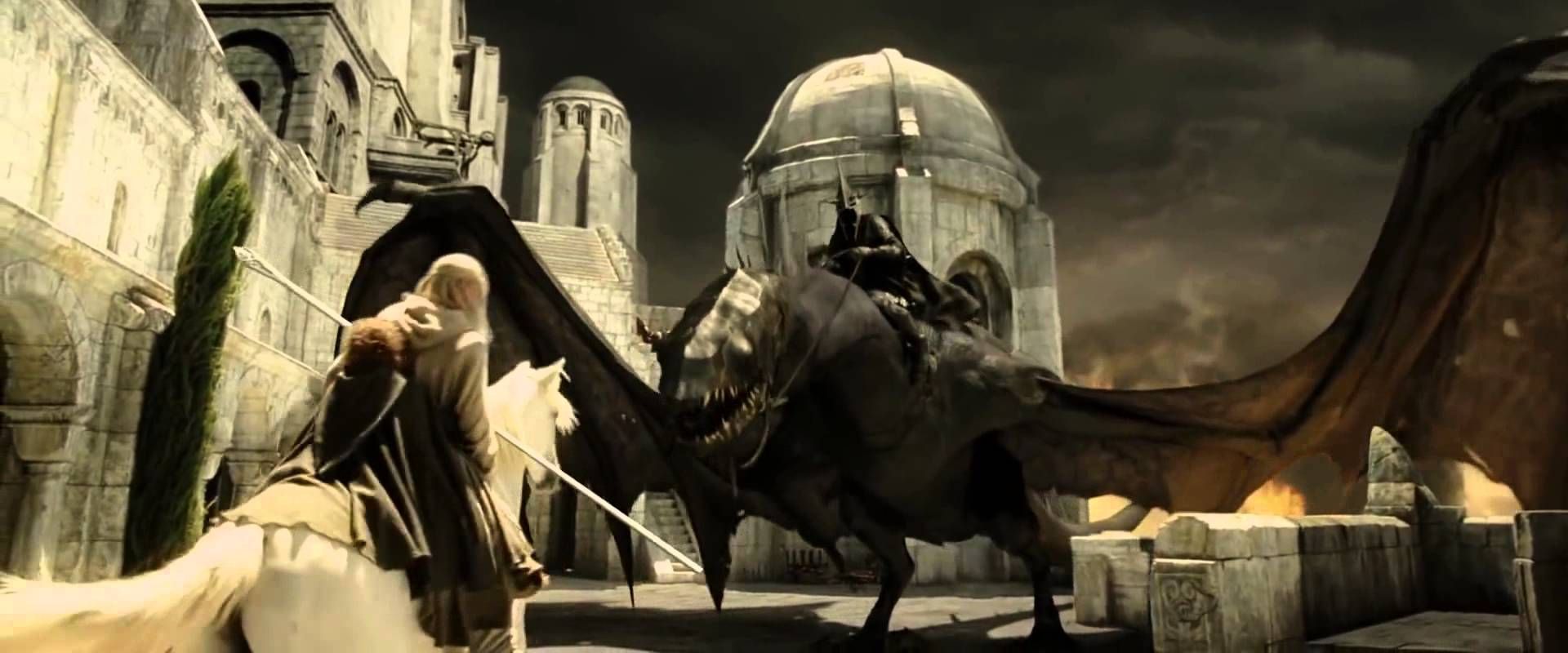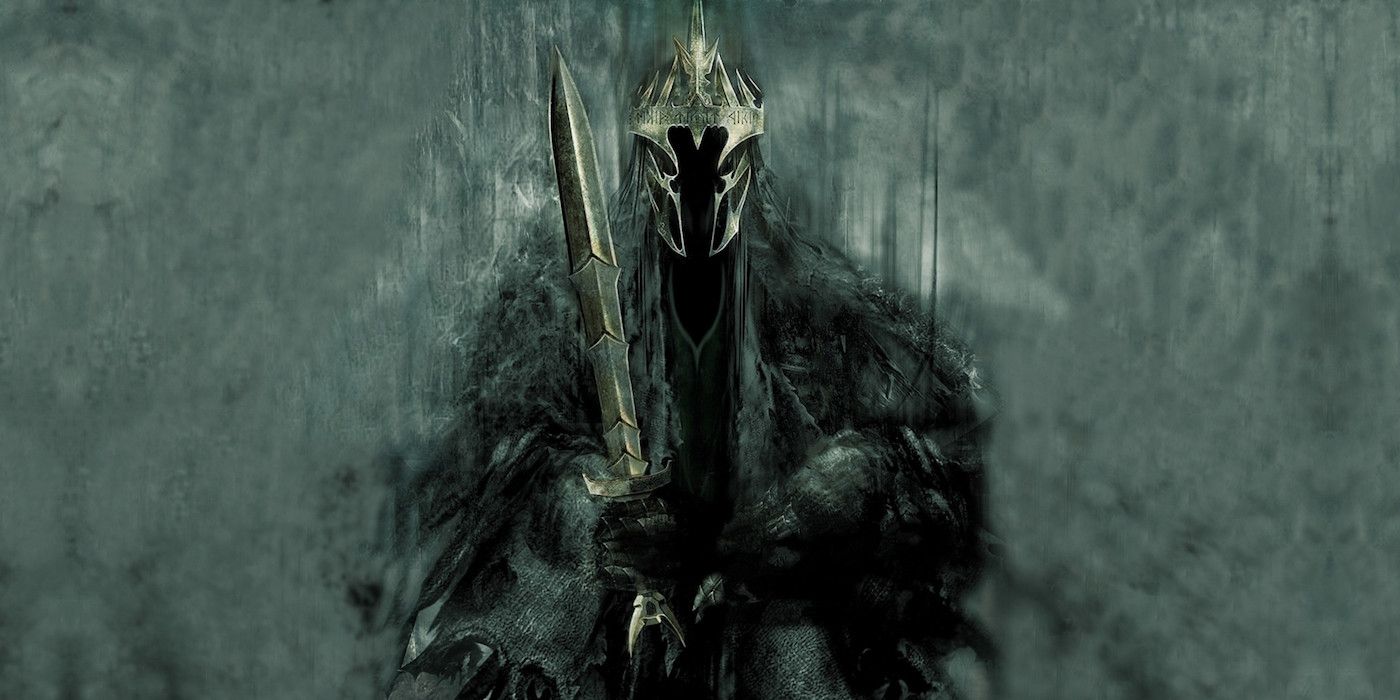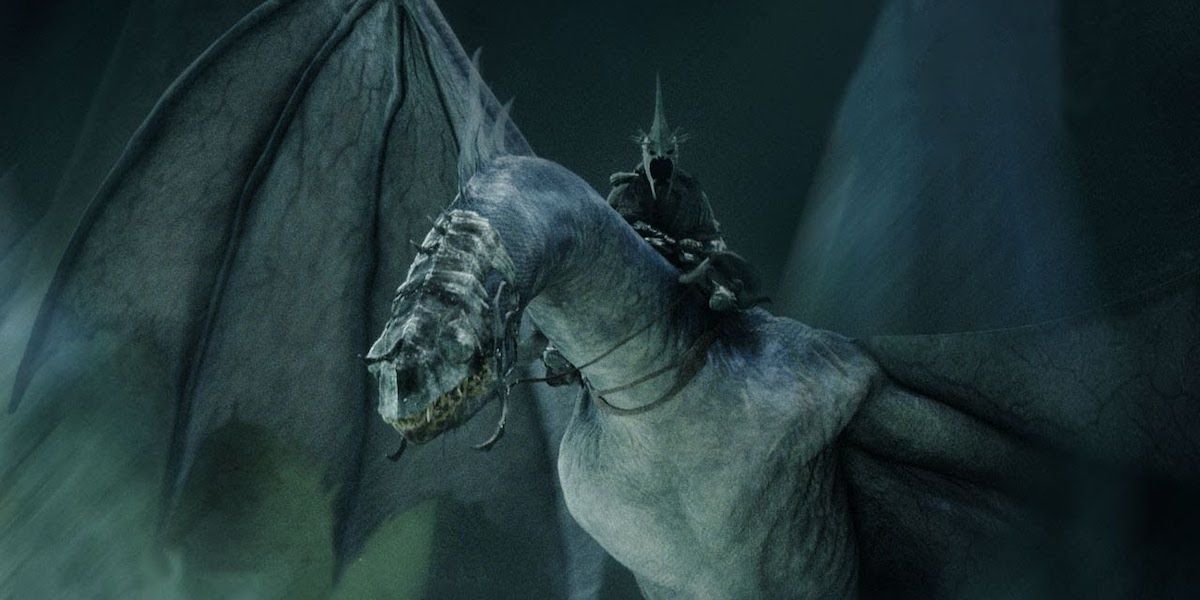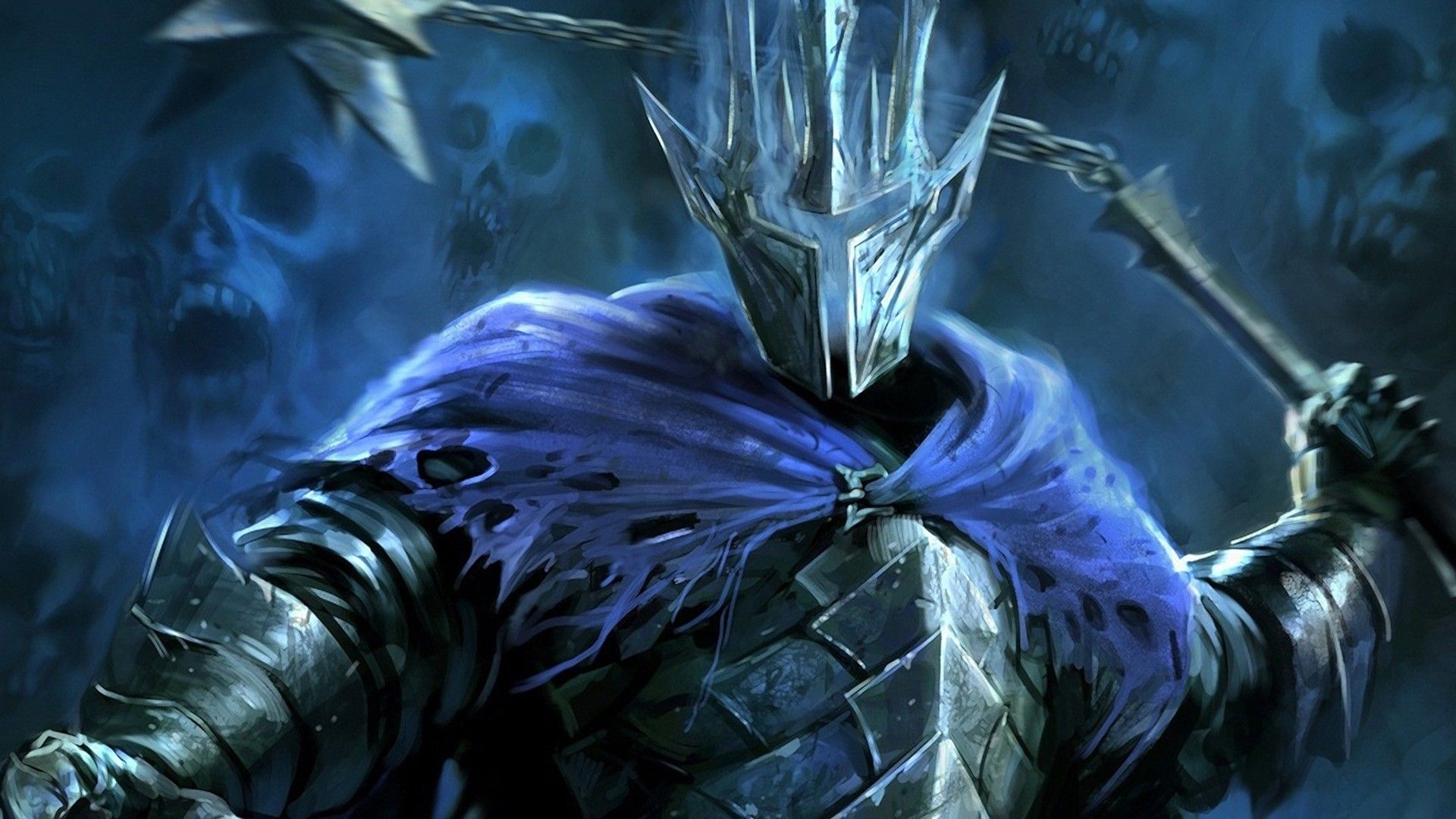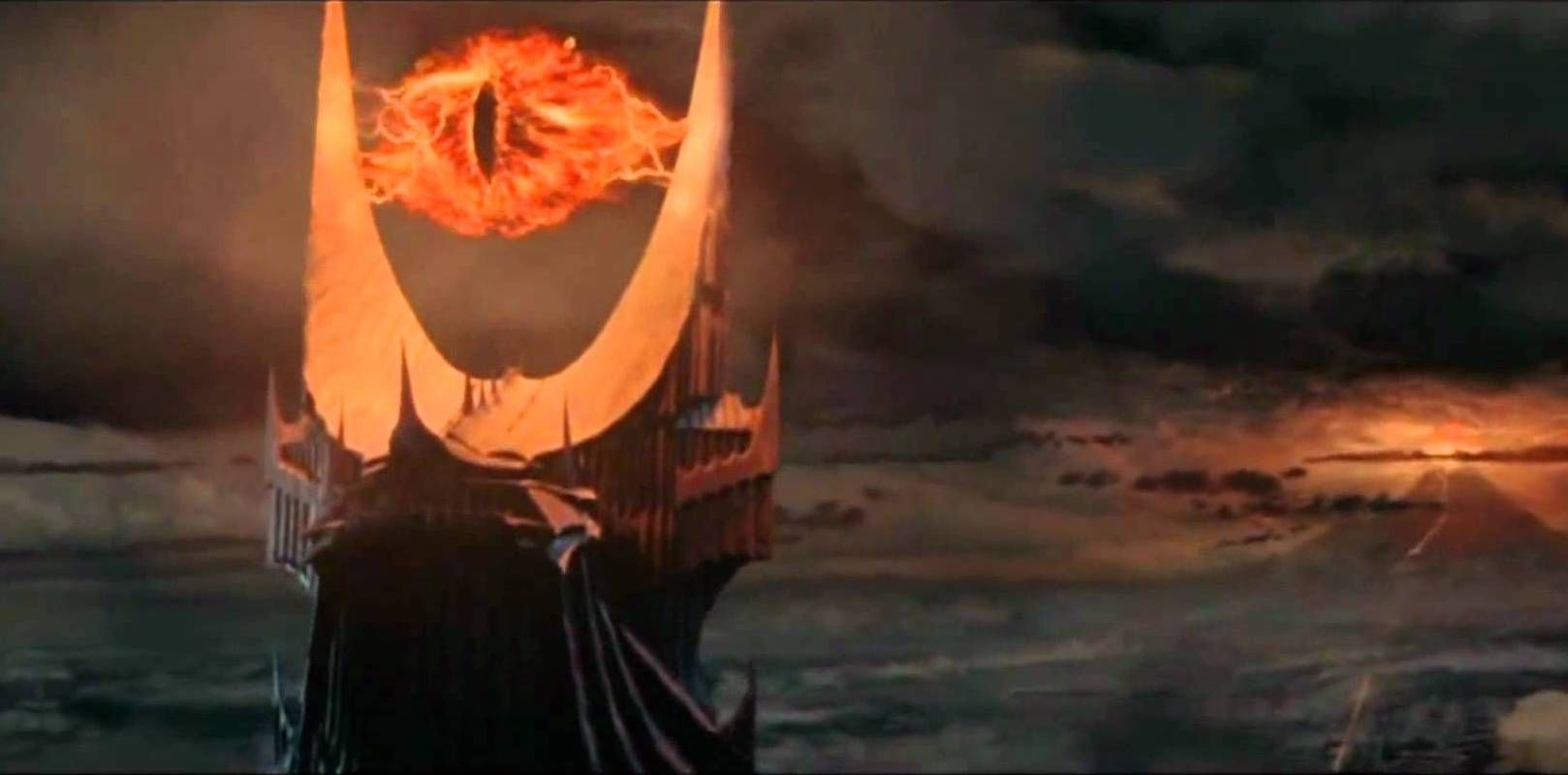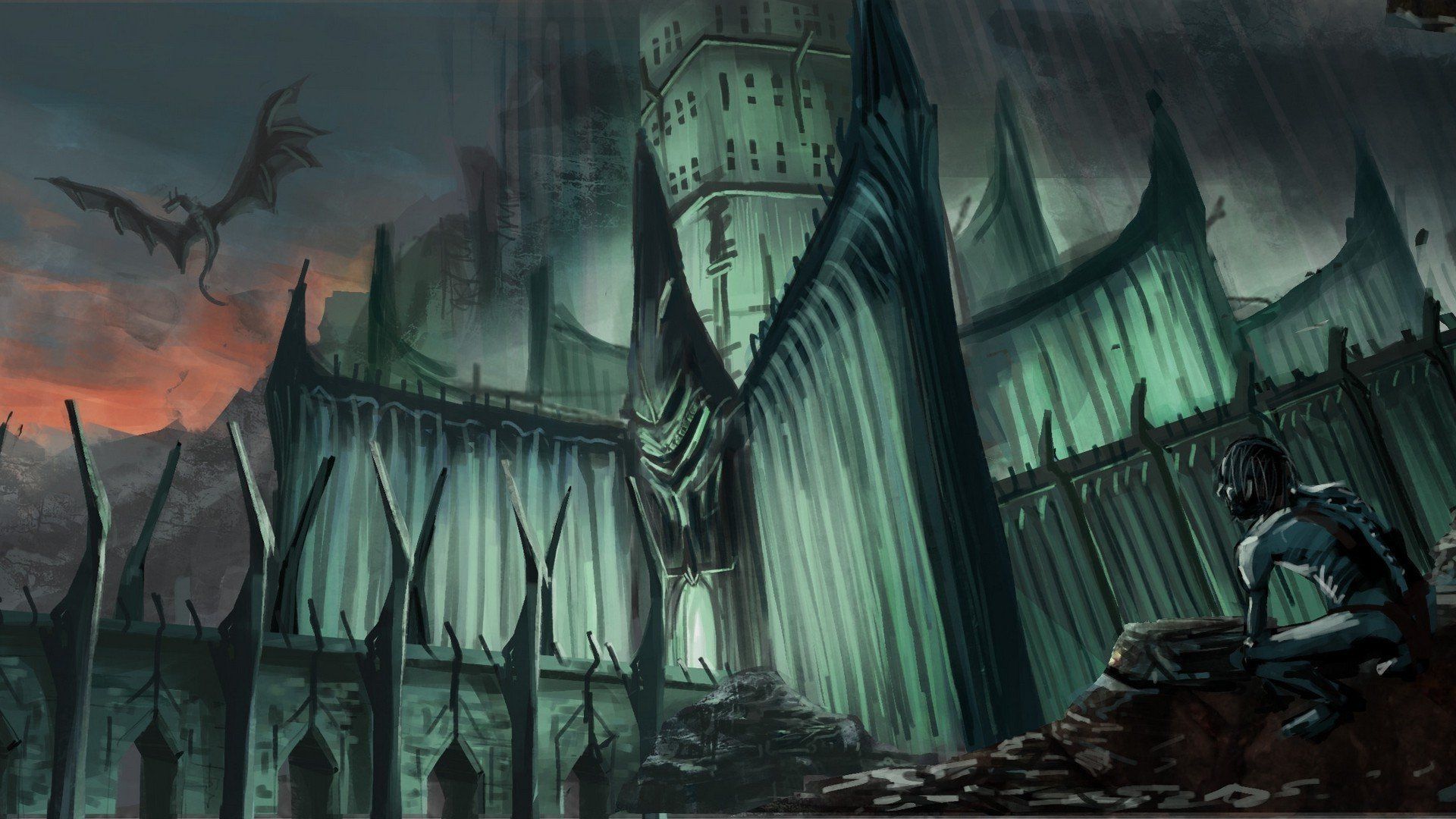As one of the most feared beings in the history of Middle-earth and Lord of the Rings, the Witch-King terrorized free people across the land for millennia. His identity before becoming a wraith is unknown, but we do know that he was a likely one of the three Great Lords of Numenor.
His time as the right hand of Sauron is well doc umented. He was personally responsible for the sacking of entire kingdoms, countless deaths, and establishing the will of Sauron across many parts of Middle-earth.
As the recipient of one of the nine Rings of Power given to men by Sauron, the Witch-King fell into shadow like the rest, but rose to heights that only a handful of beings in history ever did.
He was forever bound to the will of his master, and through him gained power that would take entire armies to combat. Ultimately, he was a victim of his own arrogance and was felled by much weaker beings, but his time in Middle-earth was wrought with terror and destruction.
Here are the 15 Things Even Die-Hard Lord Of The Rings Fans Don't Know About The Witch-King.
15. He Technically Died Twice In Return Of The King
The Witch-King’s death is one of the most memorable moments from the final arc of the series, but there is more to his fate that what we read or see. Those under the corruption of the rings become something of a hybrid between mortal and immortal, neither living nor dead.
This is an abomination, as only the Valar are supposed to have that kind of power, and it means that as long as Sauron lives in any way, so do the Nazgul.
After he is killed by Merry and Eowyn on the battlefield, he is still alive in some sense because Sauron still lives.
However, whatever sense that may be is destroyed for good along with the other Nazgul when The One Ring is thrown into the fires of Mount Doom and Sauron dies.
14. He Was Probably The Strongest Being In Middle-earth When He Died
The list of the Witch-King’s powers and abilities is massive, but is even greater than one might think. We know he was a powerful man who could fight and command with the best, and that he has a Ring of Power.
He has thousands of years of experience and knowledge in the service of the very powerful Sauron. We know he has an array of magical powers, and lastly, was granted “added demonic force” by his master.
All of these things together make him better than just about anyone, but what really puts him over the top is his connection to Sauron. The stronger his master is, the stronger he is, so when comparing other character’s power to the Witch-King, you are really comparing it to Sauron’s as well.
Even Gandalf admits that had Sauron been stronger at the time, the Nazgul would be unstoppable.
13. Most Living Beings Cannot Stand To Be Near Him
The greatest weapon that the Nazgul possess is fear itself. Able to instill the deepest fear in almost any living being with his mere presence, the Witch-King’s battles were often over before they even truly began.
He could cause enemies to flee, or paralyze them with fear so that they couldn't move.
Whenever we see him near a battlefield, soldiers cower in terror and lose morale, making them easier prey for evil forces.
In the Unfinished Tales collection, we learn that Grima Wormtongue was captured by the Nazgul for information, and the fear he felt during that encounter was so great it almost killed him.
Few beings can resist this; Aragorn and Gandalf in the Fellowship could, as well as Glorfindel during his time, but for the most part no living thing had a chance to stand against him.
12. He Was A Powerful Sorcerer
The Witch-King is feared for many reasons, not the least of which was his combat prowess. Wielding a broadsword and great mace simultaneously, he could take on dozens of fighters alone.
However, it might surprise some to know he had an array of magical abilities as well. He emits an aura called Black Shadow, which can cause everything from unconsciousness to death, depending on exposure.
He is also capable of Black Speech, and uses incantations to power Grond, which then breaks the gates of Minas Tirith. While he was the King of Angmar, he could control ice by either freezing or thawing things.
He could also use mind control on lesser beings. While a wizard like Gandalf relies more on knowledge, the Witch-King’s powers were much more direct and destructive, and are a tough match for even the strongest of heroes.
11. He Was Corrupted Sometime In The Second Age
While the human identity of the Witch-King is unknown, it is known that the Ringwraiths first appeared in the Second Age - SA 2251 exactly.
The Second Age was largely characterized by the rise of the Numenor kingdom, and since it’s almost certain he was a Numenorean Great Lord, the Witch-King must have been corrupted in the years preceding the first appearance of the Nazgul.
His master Sauron rose in SA 1000, and the King of Numenor in SA 2029 was the first one hostile to the Valar, so that gives a window of approximately 1030 years for the Dark Lord’s influence to corrupt the great kingdom.
The Witch-King as a human would have been one of the Great Lords in this timeframe.
It takes time for Ringwraiths to attain physical form, which accounts for the Nazgul’s first appearance over 200 years after.
10. It Is Likely He Believed Sauron Was Melkor
Melkor, also known as Morgoth, was by far the most powerful force of evil in the history of Middle-earth. He rebelled against the supreme deity of Arda himself, and makes Sauron look like a puppy in comparison.
He was defeated and banished, but his most powerful servant, Sauron, continued his ways. However, Sauron’ pride knew no bounds, and eventually he styled himself Melkor reborn.
His servants were completely controlled by him, and if he wished them to believe he was Melkor come again, they would have no will to deny it.
Since the Witch-King was enslaved in the Second Age, that means Sauron had thousands of years to erode the will of his lieutenant, and by the time of the series the Witch-King was completely an extension of whatever Sauron willed and believed.
9. His Death Was Prophesied by An Elvish Hero
Glorfindel was a great Elvish hero who was strong enough to kill a Balrog in single combat.
Among his many attributes was that he foretold the fall of the Witch-King.
Speaking to Eanur during the Battle of Fornost, he said “Do not pursue him, he will not return to this land. Far off yet is his doom, and not by the hand of man will he fall.”
While purests still debate the details of “man” in that statement, the fact is that he was right either way. It is also possible that the Witch-King knew of the prophecy.
In the books, Eowyn unmasks before her duel with him not after, and when he sees she’s a woman, he seems to hesitate, contemplating if "man" means human or male.
8. He Founded His Own Kingdom As A Wraith
Despite existing for a long time before his arrival, Angmar is a land synonymous with the Witch-King. In the second millenium of the Third Age, the Witch-King conquered it and named it Angmar or “Iron Home” in Sindarin.
Most interestingly, this was not done as a man but when he had been a wraith for thousands of years already. It was during this time that the Witch-King was first known by that title, though the people did not know for many years that he was the leader of the Ringwraiths.
With the patience of his master, the Witch-King took his time and built an army of orcs and other evil creatures, along with evil men, and began a conquest that would have a serious impact on the coming War of the Ring.
7. He Conquered Every Remaining Remnant of Arnor
Arnor was a great kingdom of Men in the northern region of Middle-earth founded in the Second Age. It reached great heights but eventually, through folly and evil influence, ended up divided into three smaller kingdoms-- Arthedain, Cardolan, and Rhudaur.
After the Witch-King settled in Angmar to the north, he launched attacks that would start a war lasting centuries. Rhudaur was the first to fall in TA 1356, and the Witch-King replaced their king with his own ruler.
Cardolan was next, and soon only Arthedain was left of the old Kingdom.
Despite fierce resistance and years of struggle, Arthedain fell to the forces of Angmar in TA 1974, completing the trifecta for the Witch-King.
This was the Witch-King’s biggest overall accomplishment, and the land would not fully recover until after the death of Sauron.
6. His Death Was Carefully Orchestrated
Some fans may wonder why didn’t Gandalf, being a Maia, didn’t just overpower the forces of evil with great magic. The answer is simple: he isn’t there to defeat evil with magic, but to encourage and inspire free people to do it.
Consider this chain of events: Gandalf convinces Elrond to allow Merry and Pippin to be part of the fellowship, which allowed Merry to be there to kill the Witch-King with Eowyn.
In Rohan, he heals Theoden and rallies their pride which is what allowed them to aid Gondor in the war. When the battlehorns blare, the Witch-King immediately goes to the battlefield to fight against the Rohan army, where he, Theoden, and Merry have all been placed by Gandalf’s actions.
Gandalf didn’t need to fight the Witch-King, he manipulated his demise through careful planning and inspiration.
5. He Abandoned His Kingdom After The Battle Of Fornost
The Angmar wars lasted hundreds of years and for a time, ended when the Witch-King achieved his goal of crushing the three remaining splinter-kingdoms of Arnor.
This was a devastating blow to the free people, but it could have been worse. The Witch-King only held that spot for one year thanks to Prince Earnur of Gondor, who lead a massive fleet and army to retake the capital of Fornor.
The Witch-King, not for the last time, acted out of arrogance and sent his army out into the plains to fight the heroes instead of waiting in the fortress city.
His army was crushed, and when he tried to return to Angmar, his fortress was overrun by a combined army of men and elves.
With his army destroyed, the Witch-King was forced to abandon Angmar for good, but irreparable damage had been done.
4. He Killed The Last King Of Gondor
The Witch-King may have been driven from his kingdom of Angmar, but he would soon extract revenge against the man who defeated him. After retreating, the Witch-King settled in Minas Morgul, which used to be one of Gondor’s founding cities called Minas Ithil.
Prince Earnur was now King Earnur of Gondor, and a burning hatred between the two still lingered. Each wanted nothing more than to kill the other, so the Witch-King challenged Earnur to fight.
Earnur was prideful, but was stopped by his steward from accepting. A second challenge proved to be too much, and King Earnur foolishly took a small group of knights with him and marched into Minas Morgul.
He was never seen again. This was the event that caused the long line of succession of Gondor Stewards ruling the land until Sauron’s defeat and Aragorn taking the throne.
3. Merry Stabbing Him gave Him Physical Form Again
Killing the Witch-King was a two-person job, and the first part is breaking the spell that renders him immune to conventional weapons.
Merry’s blade was actually one of four shortswords given to the Hobbits by Tom Bombadil.
They were made long ago, ironically during the war with Angmar, by Numenorean smiths. These blades, called Barrow Blades, were specifically designed to harm the Witch-King.
One of the Witch-King’s passive abilities is that any weapon that one attempts to strike him with instantly disintegrates, but the Barrow Blades are immune to this.
Merry had his with him during the Battle of Pelennor Fields, and when he stabbed the Witch-King with it, the spell that protected him broke, allowing Eowyn to deliver the final strike with her very ordinary sword. The Witch-King’s old enemies got the last laugh thousands of years after they lost.
2. He and Sauron Worked In Secret For Many Years
Shortly after the first millennium of the Third Age, Sauron established himself in a fortress named Dol Guldur and remained there working in secret under the guise of The Necromancer.
He was slowly gathering strength for the upcoming war, and did so for a very long time. The Witch-King and other Nazgul were also a part of this after killing the last King of Gondor.
Sauron fled the fortress before he could be discovered, but returned 400 years later when stronger. The White Council eventually was forced to act and drive him out, but it was considered an empty victory.
During this time, the Witch-King likewise worked in secret from his base of Minas Morgul, breeding the mighty Uruk-Hai for the war and projecting an aura of fear towards Gondor. This period greatly increased the strength of all of Sauron’s forces.
1. He Took Over One Of The Founding Cities Of Gondor
The timing of this act is an excellent indicator of just how much of a terror the Witch-King really was. He had just finished leaving his kingdom of Angmar after causing great damage to the land around it, and only a 25 years later, took one of the three crowning jewels of Gondor-- Minas Ithil.
We have covered how devastated Gondor was after the three Great Calamities before, and this weakening is what allowed the Witch-King to lead the Nazgul to take over the fortress-city and rename it Minas Morgul.
For years, this and Dol Guldur served as forward-bases for Sauron all the way up until the end of the War of the Ring.
So deep was the evil of the Witch-King that even after Sauron’s defeat, the land around Minas Morgul was not fit for habitation for many years to come.
---
Can you think of any other interesting facts about Lord of the Rings' Witch-King? Let us know in the comments!

